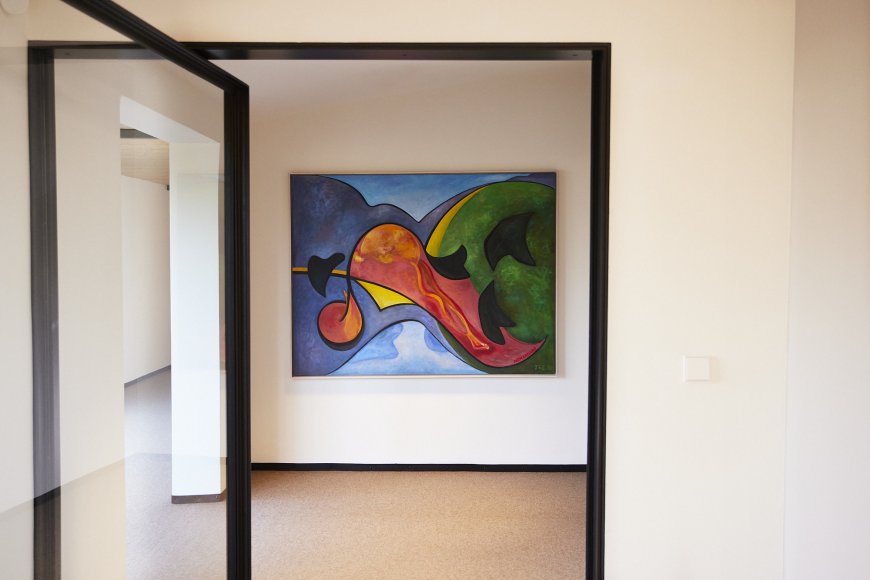
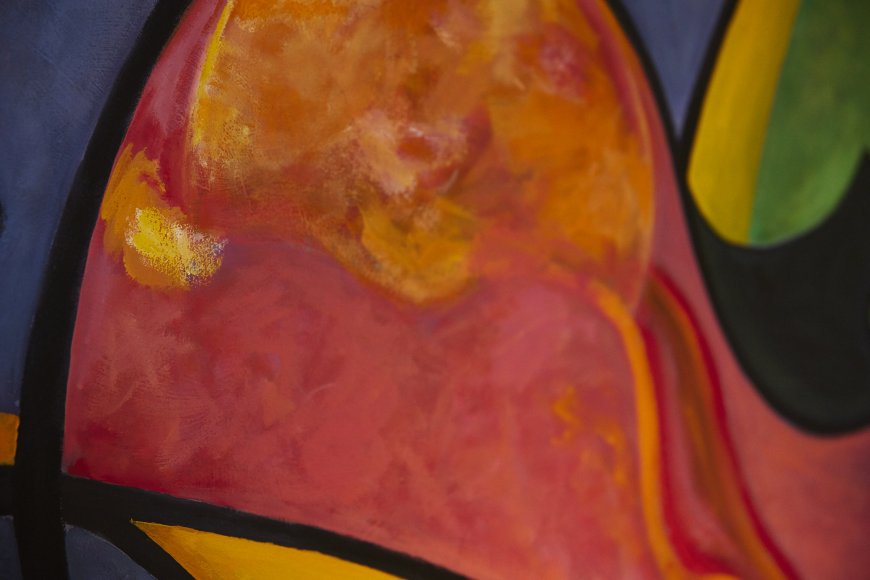
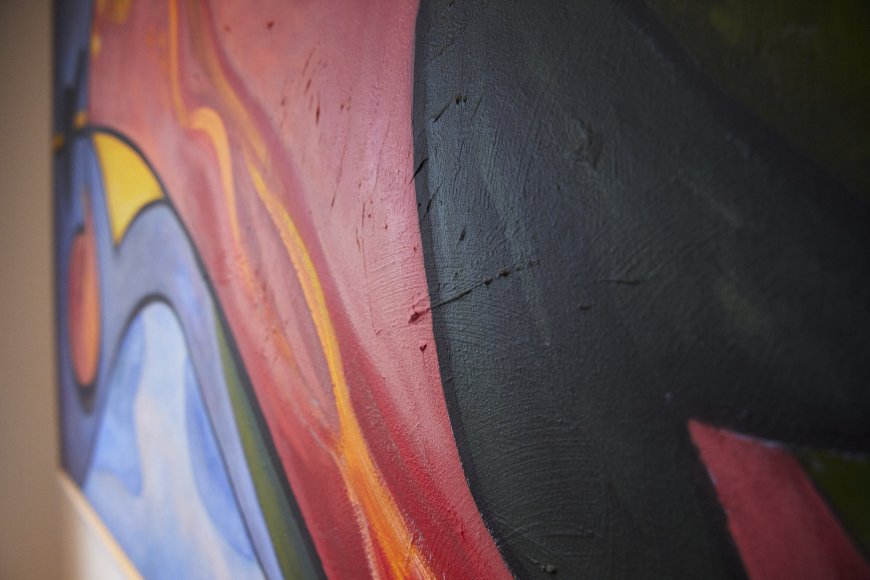
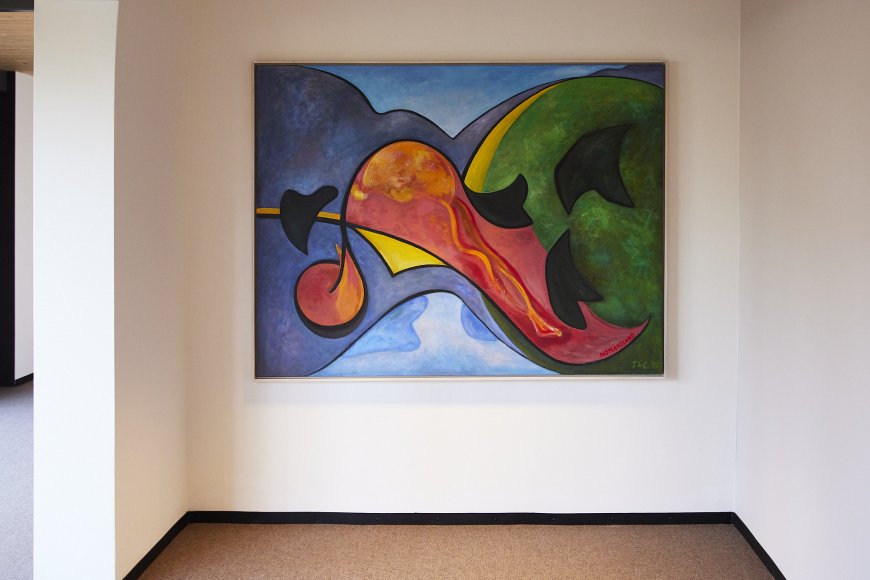
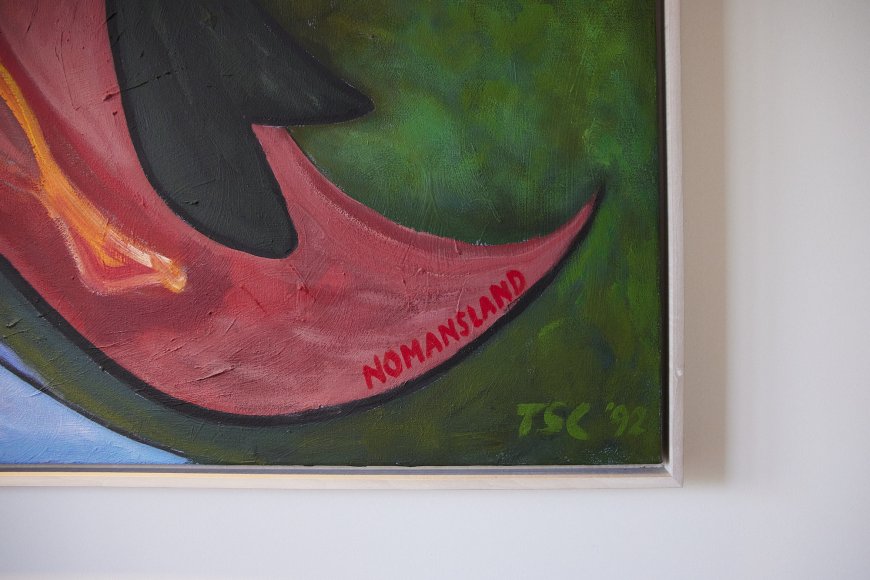
Telse Schnelle-Cölln (* July 9, 1926; † April 28, 2001) was a German painter and moderator. She helped develop the Metaplan moderation method in the 1970s and 1980s, with a particular focus on the language of visualization. She repeatedly used her artistic work to question and refine the development of the visualization technique. Her artwork, which was clearly influenced by Cubist tendencies from modernism to the op-art of the 1960s, graces early Metaplan publications on the moderation method.
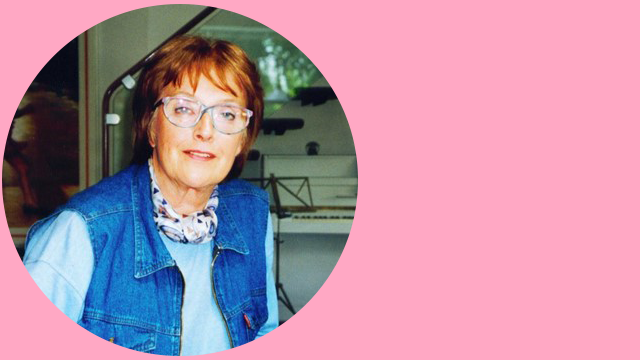
Those who are able to cast content into shapes learn to see the world with different eyes.





From 1949 to 1951, Telse Schnelle-Cölln studied painting under Friedrich Karl Gotsch (1900-1984) at Hamburg Art Academy (then Hamburg State Building School). Among her other artistic influences were modern painters such as Henri Matisse, Max Bill and Victor Vasarely, whom she met personally, as her relatives relate. Her artistic spectrum was very diverse. Besides works on and with paper, oil paintings and watercolors, she also created sculptures.
In her oil painting “Nomansland” Telse Schnelle-Cölln pursues a kind of organic interplay of forms and colors, without opening up a clear perspective. Colors and shapes virtually wrestle with each other on the canvas. In the viewer’s gaze, this struggle is repeated in the question “When is something only a form, and when is it a recognizable object?”
Telse Schnelle-Cölln denies the viewer the luxury of unambiguity. The question of the relationship between recognizable figure and abstract form is no longer a question of the construction or deconstruction of an object from different perspectives. The focus is now on the capacity for cognition through perception in and for itself, which only arises from reflection on the multiplicity of perspectives. In the face of all the possibilities of representation, the method of image creation itself comes to the fore.
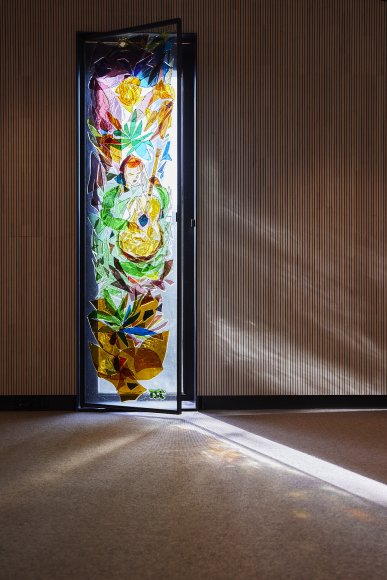
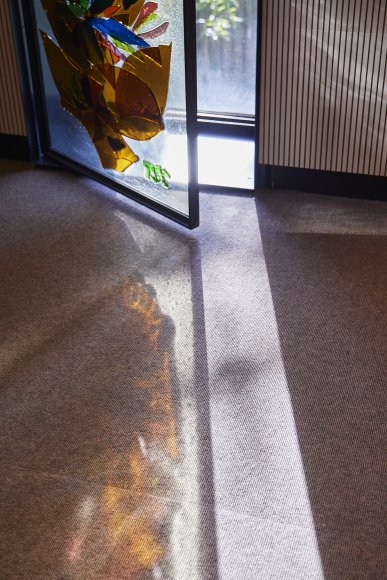
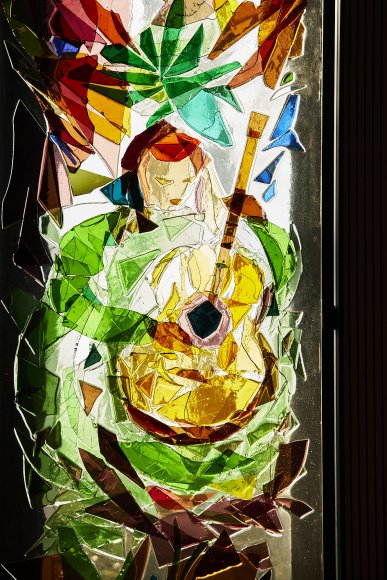
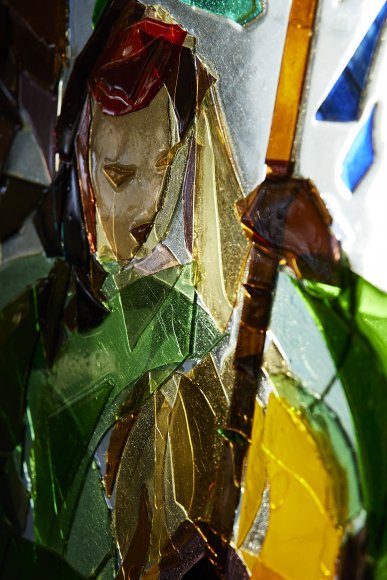
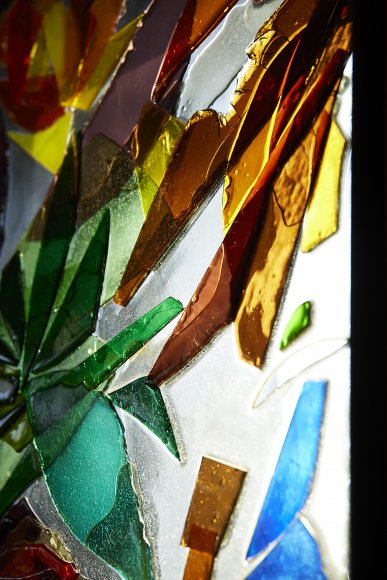
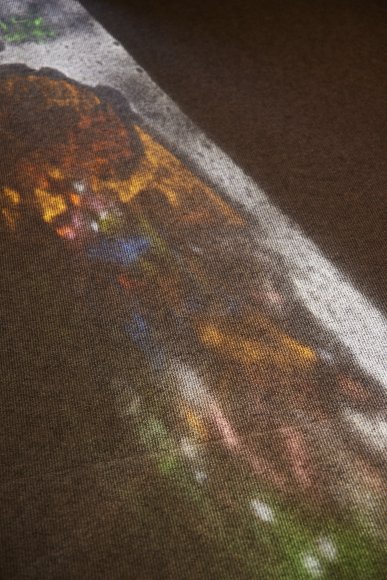
With its colored glass blocks, “Woman with Guitar” more or less forcefully breaks through the functional aesthetics of the workshop room, while being transformed by the prevailing weather conditions in northern Germany. When a low sun casts colorful shadows on the boards, this work by Telse Schnelle-Cölln, the artist and pioneering metaplanner, makes the posters appear in a different light – not just symbolically. The clear forms of the cards become zigzag shapes, colors mix, fonts blur, and thoughts start to move.
A figure with a guitar is one of the best-known motifs of Cubist art, for which a dissolution of organic forms into abstract geometric shapes is characteristic. Connected with this is a multi-layered structure of various pictorial elements, which makes figures recognizable from superimposed layers.
In 1914, Pablo Picasso layered wrapping paper, cardboard and wire in such a way that the sculpture took on the form of a guitar. In the same year, Georges Braques experimented with lining up geometric shapes on top of and above each other, which created the illusion of a guitar player when played together. Both abandoned a traditional approach to perspective in their works and developed a convincing illusion of pictorial space that challenges viewers to understand a motif that is broken down into its geometric components and, depending on the perspective, assemble it into a picture in their own perception.
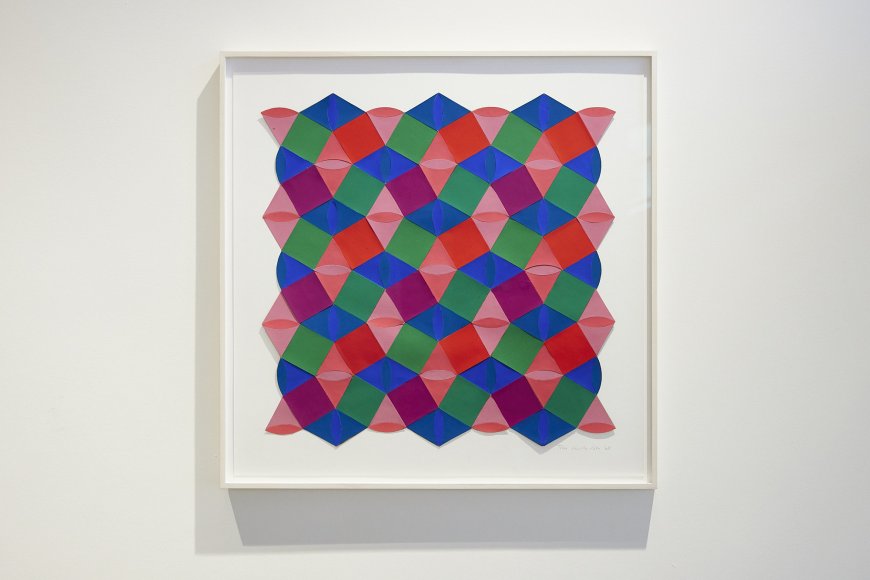
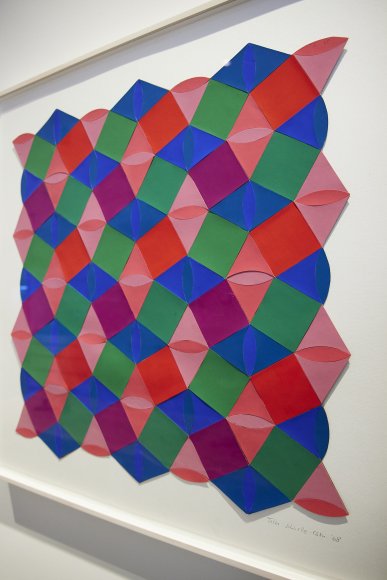
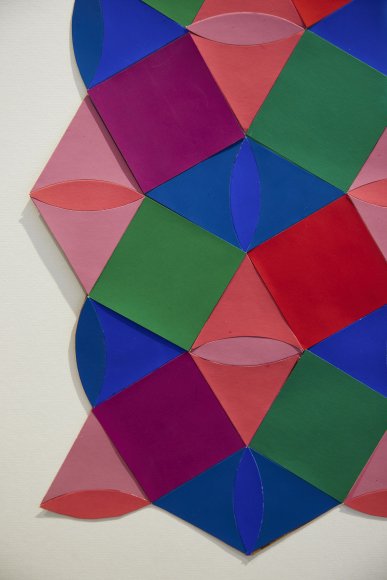
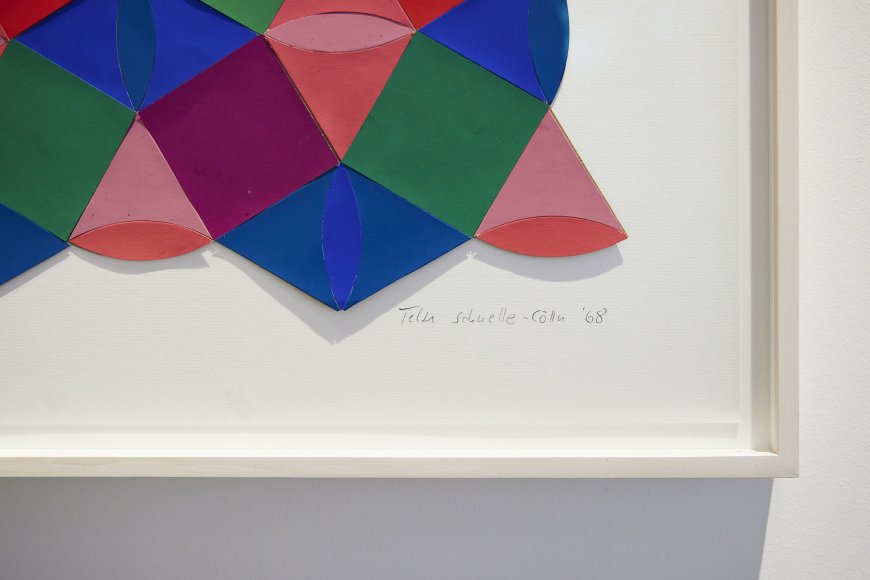
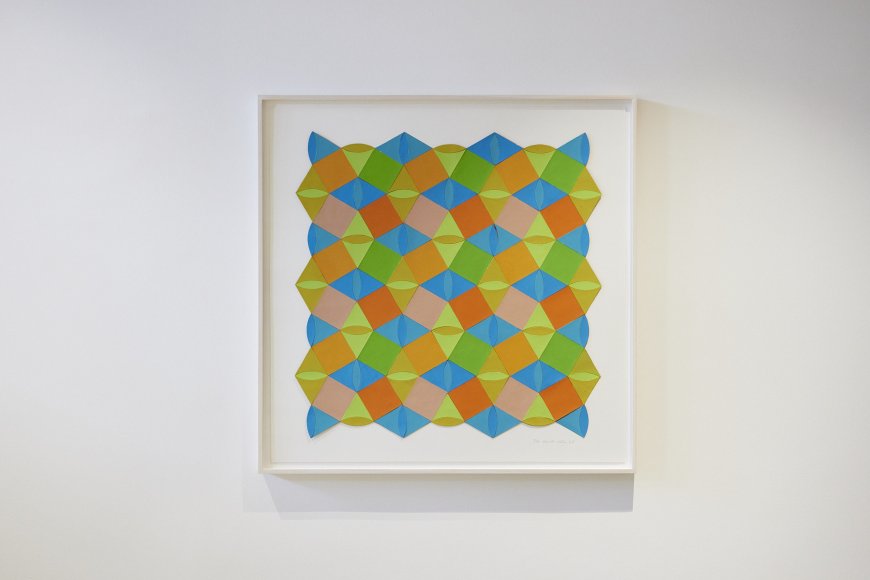
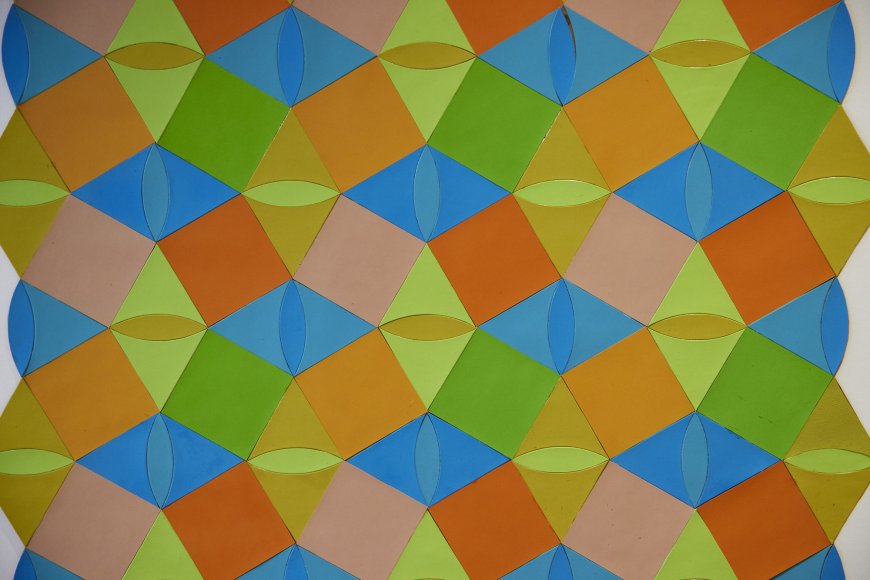
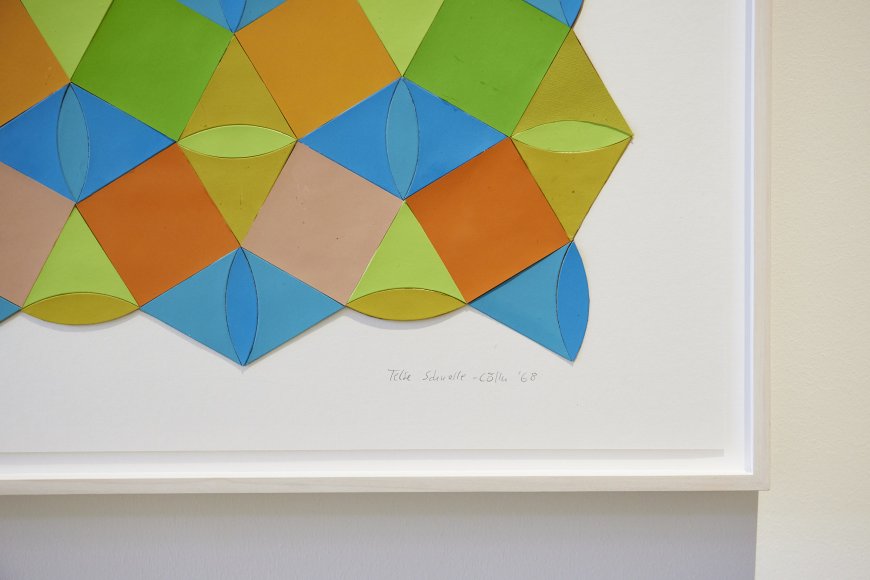
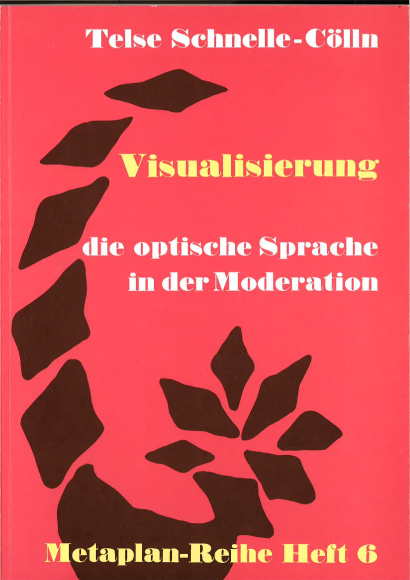
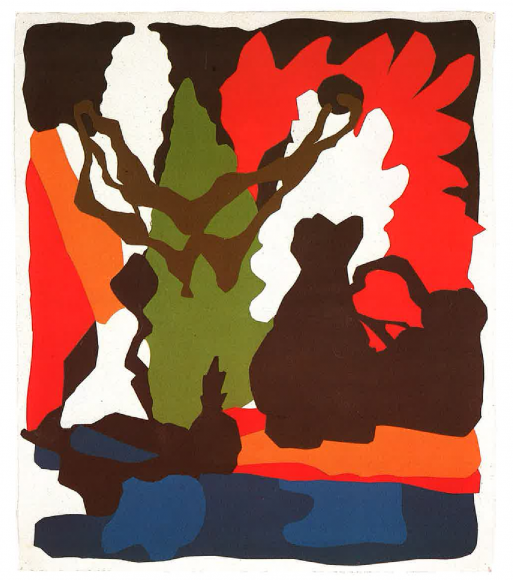
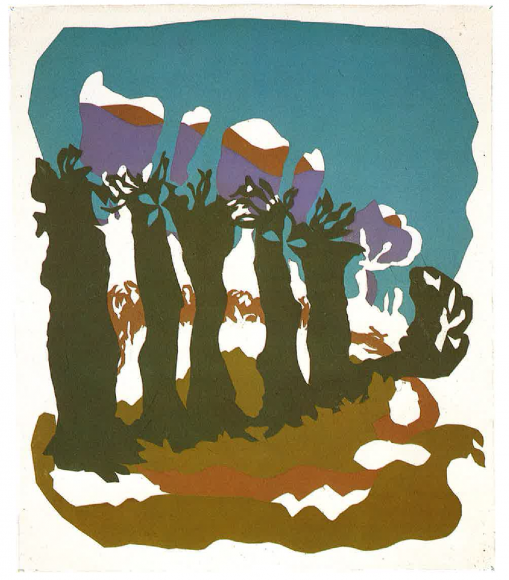
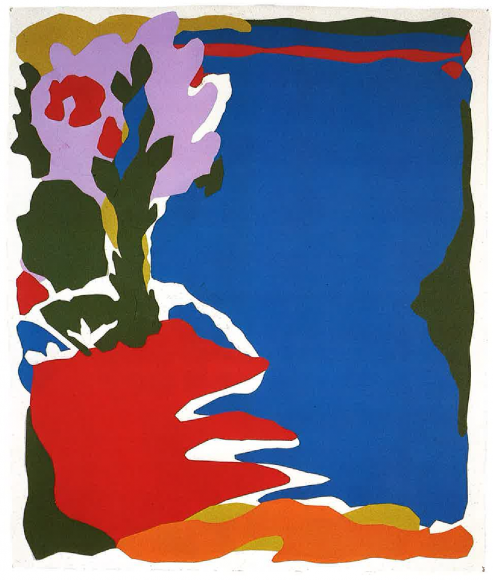
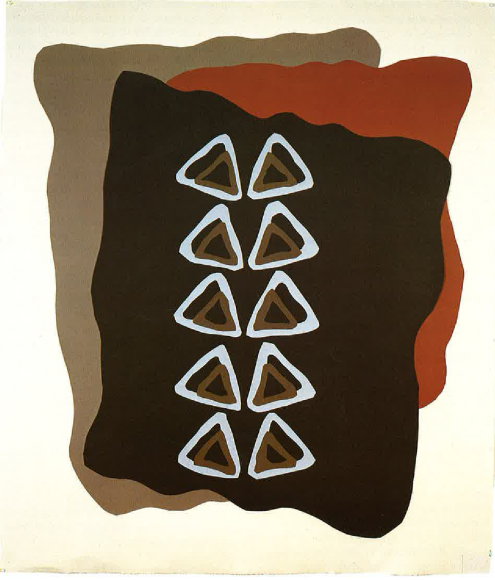
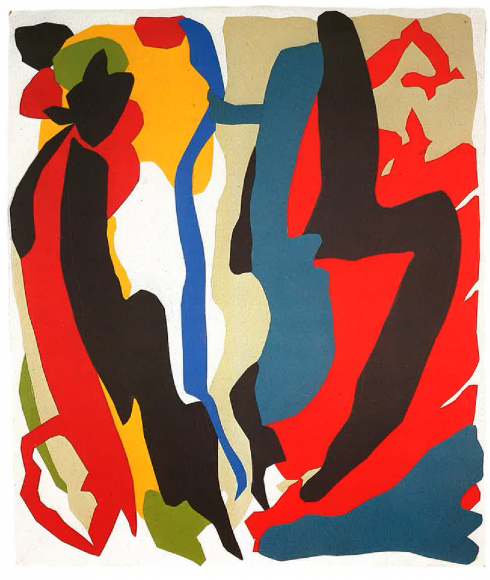
As a young woman, Telse Schnelle-Cölln was already working on silhouettes, some of which she later used in Metaplan publications to illustrate her concept of optical rhetoric as a guiding principle for visualization. She used this terminology to describe how visual means are used to present complex content in order to make topics discussable and get participants thinking interactively. In “Silhouettes” (1968), she experimented with the arrangement of colors and shapes in op art style. This 1960s visual art form generated surprising effects in its beholders through precise abstract form patterns and geometric colored figures that created movement and optical illusions.
In “Silhouettes”, the paper forms are arranged two-dimensionally, but through the choice of colors they create a three-dimensional space for observation, which becomes increasingly clear the further away from the picture you are. In this space for contemplation, there is no longer any representationalism in the sense of figurative perception, but it is rather a case of the view being directed to the dynamics of the individual elements of color and form and their relationship to each other.
“We call our work planning” – questioning the present in organizations.
Transformation gets organizations moving – why a change of perspective can be worthwhile.
Between information markets and corridor gossip – experiencing the history of Metaplan in an unusual sound space.
Forms are lost and structures gained – how art can make interaction visible.
Change through attitudes, attitudes in change: how Metaplan ticks – past and present.
Here, abstract geometric shapes are the basic elements of a visual language, through which communication develops into understanding.